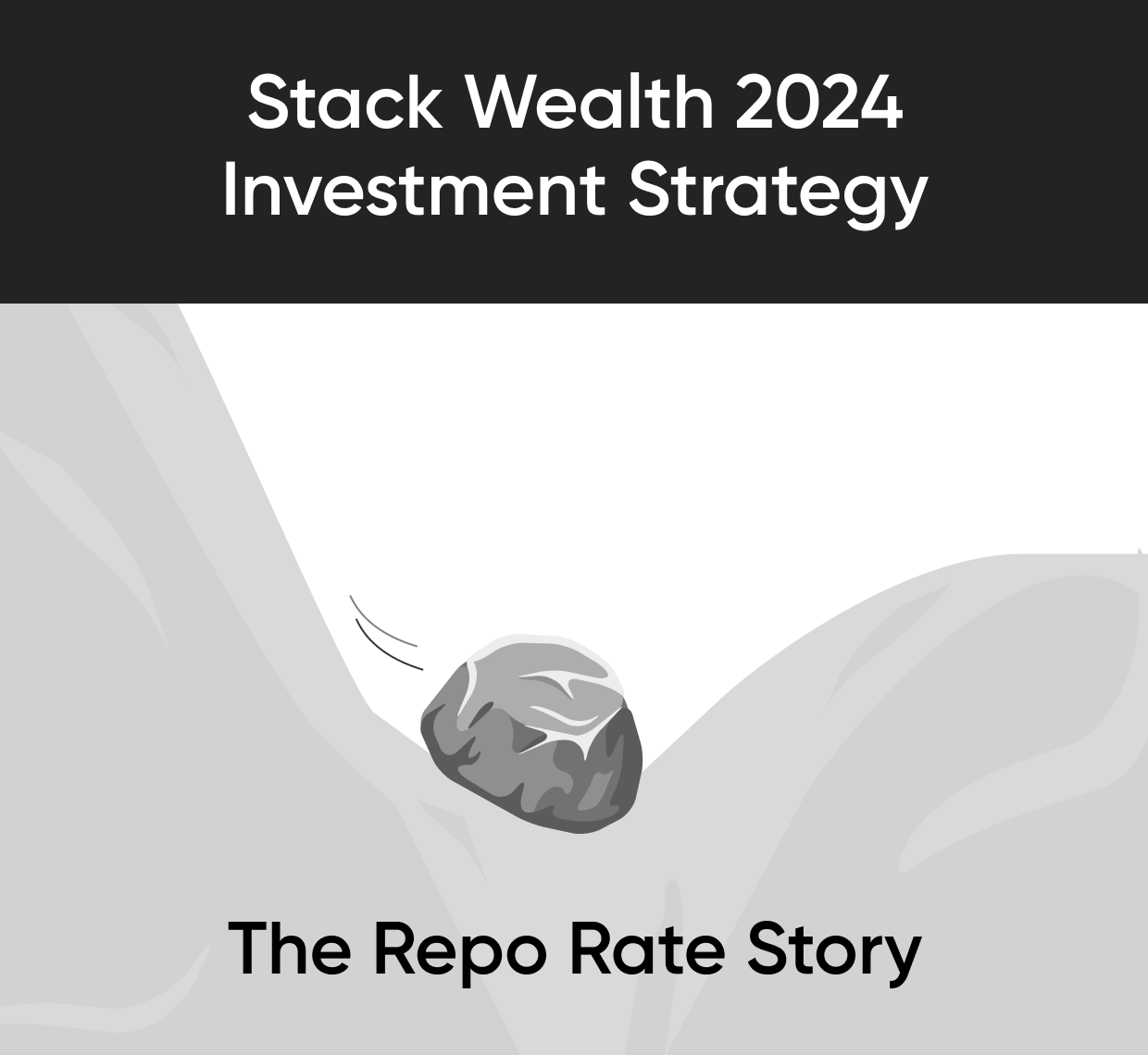Introduction
In the field of wealth management, assets under management (AUM) is a crucial indicator of a financial firm's size, performance, and profitability. AUM, which includes a wide variety of investments like stocks, bonds, mutual funds, and alternative assets, is the entire market value of the assets that a financial institution manages on behalf of its clients. We'll discuss the importance of AUM, its calculation, and its consequences for both investors and financial institutions in this blog.
Understanding Assets Under Management (AUM)
AUM, or assets under management, is a crucial indicator for the financial sector that sheds light on the size, reach, and effectiveness of financial institutions in handling the assets of their clients. Let's examine AUM's importance and its different facets in more detail:
- Extensive Range of Managed Assets
Financial institutions manage a broad range of assets on behalf of their clients under the umbrella of AUM. Among these resources are:
- Securities held in brokerage accounts, including stocks, bonds, mutual funds, and exchange-traded funds (ETFs), are referred to as individual brokerage accounts.
- Funds kept in retirement accounts such pension funds, 401(k) plans, and individual retirement accounts (IRAs).
- Funds maintained in accordance with fiduciary duties and trust agreements, and retained for the advantage of named beneficiaries.
- Assets maintained on behalf of institutional clients, including foundations, businesses, endowments, and governmental organisations, are referred to as institutional accounts.
- Performance Metric for Financial Firms: AUM is a crucial performance indicator for financial institutions, indicating their capacity to draw in, hold onto, and efficiently manage the assets of their clients. Larger AUM numbers are typically associated with firms that are more well-established, respectable, and able to offer complete wealth management services.
- Revenue Generation: Since financial institutions normally get fees based on a percentage of assets under managed, AUM serves as their main source of income. These fees, which are sometimes called advisory or management fees, add to the total income and profitability of the company. In addition, financial firms might make money from transaction fees, performance-based fees, and financial planning services.
- Attracting and Holding Clients: AUM is a critical factor in drawing in and keeping clients. Investors frequently look for wealth managers and financial advisors who have a track record of successfully managing client assets and producing profitable investment outcomes. The capacity of a company to increase its AUM over time may be a sign of how well it meets the demands and expectations of its clients.
- Investment Performance and Risk Management: AUM can be impacted by investment performance; while bad performance can result in client withdrawals and asset outflows, strong performance can draw in new clients and additional assets. Financial businesses aim to provide robust investment performance in order to augment client contentment, draw in fresh business, and gradually expand their AUM. Furthermore, it is imperative to use risk management measures and diversification to safeguard client funds and minimise possible losses.
- Regulatory Compliance and Reporting: Financial firms are obligated to conform to regulatory norms and reporting criteria concerning the disclosure of AUM and management techniques. To maintain openness, accountability, and investor protection, regulatory bodies may mandate that businesses submit regular reports on AUM data, fee schedules, investment strategies, and client disclosures.
AUM Calculation
The market value of all assets under a financial institution's management at a particular moment is combined to determine AUM. This comprises:
- The market value of stocks, bonds, mutual funds, exchange-traded funds (ETFs), and other securities held in client portfolios.
- Money kept in client accounts, including cash and cash equivalents.
- Other investment vehicles include structured products, hedge funds, private equity, and real estate.
- Certain assets may be excluded, including assets managed by third parties or non-managed assets stored in self-directed retirement plans.
Significance of AUM
- Scale and Prestige: AUM is a metric that indicates the size and stature of a financial institution in the sector. Large AUM numbers are frequently associated with firms that are seen as more established, trustworthy, and able to handle substantial sums of money on behalf of clients.
- Revenue Generation: Since financial institutions normally get fees based on a percentage of assets under managed, AUM serves as their main source of income. These costs can take the shape of alternative fee structures, such performance-based fees or hourly rates for advisory services, or they can be assessed as a fixed percentage of AUM (e.g., 1% yearly fee).
- Investment Performance: The success of an investment can have an impact on AUM. While a bad investment may result in client withdrawals and asset outflows, a good investment might draw in new clients and additional assets. In order to draw and keep customers and gradually increase their AUM, financial institutions work hard to provide solid investment performance.
- Risk management and diversification: Diverse asset classes and clientele can reduce the risks brought on by market volatility and AUM concentration. To lessen dependence on any one source of income or market niche, financial institutions might diversify their AUM over a range of asset classes, clientele, and geographical areas.
Implications for Investors
A financial firm's Assets Under Management (AUM) is a key metric used by investors to assess the firm's stability, size, and investment potential. A company with a high AUM usually has a sizable clientele and a proven track record of handling client assets well. This may suggest that clients will have better investing results by giving them access to a wider selection of investment opportunities, research tools, and knowledge. Greater AUM could also indicate that the company has become well-known in the market as a reliable participant with the means to offer full-service wealth management. AUM is a crucial component to take into account, but investors should also think about other crucial aspects including the firm's investment philosophy, performance history, and level of client care. These features might offer more information about the firm's investment strategy, capacity for profit-making, and dedication to fulfilling the goals and desires of clients. To guarantee alignment with their financial goals and preferences, investors should, in the end, perform extensive due research and carefully consider all pertinent criteria before choosing a financial advisor or wealth manager.
Conclusion
The entire value of assets handled by a financial institution on behalf of its clients is reflected in Assets Under Management (AUM), a crucial indicator in the wealth management sector. For financial firms, AUM measures size, revenue, investment performance, and risk management. It also gives investors information about the strength and stability of a corporation. Investors can choose financial advisors and manage their investment portfolios more wisely if they comprehend the importance of AUM and its ramifications.











